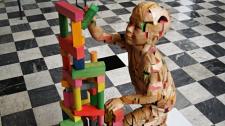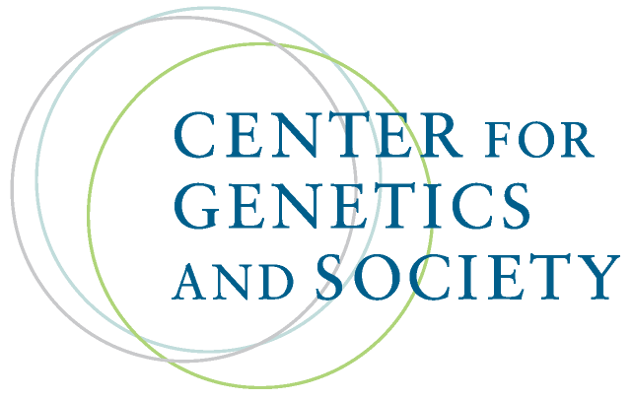2016 Fear vs Hope: Gene Editing— Terrible turning point?
By Pete Shanks,
Deccan Chronicle
| 01. 01. 2017
The next year may represent our best chance to prevent the rise of a modern, uncontrolled and dangerously ill-considered techno-eugenics.
If new “gene editing” tools can be used to treat people who are sick, that would be a hugely welcome development. But applying them to human reproduction could all too easily open the door to a world of genetic haves and have-nots. Will it be possible for the distinction between responsible and irresponsible applications of human genetic technologies to hold, in policy and in practice? There is hope, but the signals from 2016 are very worrying.
One year ago, the U.S. National Academies Summit on Human Gene Editing ended with a consensus statement that proceeding with inheritable (germline) gene editing would be “irresponsible” until both the science was proven and there was “broad societal consensus about the appropriateness of the proposed application.”
It didn’t take long for that to seem wildly optimistic. Even before that announcement, and in complete secrecy, a rogue American scientist had defied authorities by using Mexican facilities to create a baby for a Jordanian couple using...
Related Articles
By Liyan Qi and Jonathan Cheng, The Wall Street Journal | 03.26.2025
photo via Wikimedia Commons licensed under CC by 3.0
Chinese scientist He Jiankui set off global outrage and landed in prison after he skirted ethical guidelines and claimed he had produced genetically modified babies designed to resist HIV infection.
Now, the self-styled ...
By Anna Louie Sussman, The New York Times | 03.25.2025
On June 24, 2022, the same day the Supreme Court issued its decision in Dobbs v. Jackson Women’s Health Organization, I received a call from the fertility clinic where I’d been undergoing in vitro fertilization, informing me that seven of...
By Michael Gibney, PharmaVoice | 03.20.2025
The death this week of a teenager receiving Sarepta Therapeutics’ gene therapy Elevidys for Duchenne muscular dystrophy is a tragic reminder of the stakes involved in cutting-edge biotech innovation.
While gene therapies like Sarepta’s offer an opportunity to treat and...
By Staff, The Medicine Maker | 03.21.2025
"The Promise and Peril of CRISPR" cover by Johns Hopkins University Press
As a paediatrician taking care of children with sickle cell disease, Neal Baer, a Harvard Medical School graduate, was in awe of the power of CRISPR technologies. Later...




